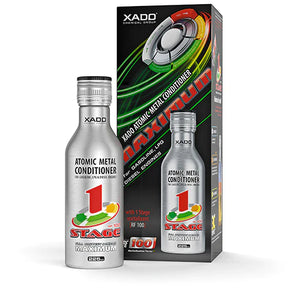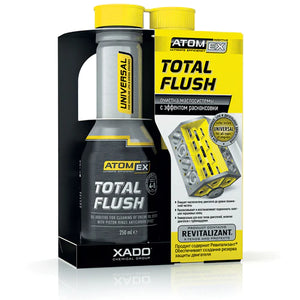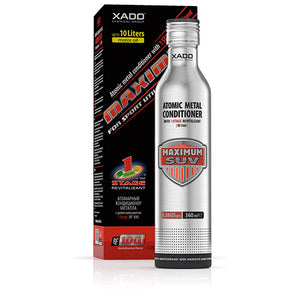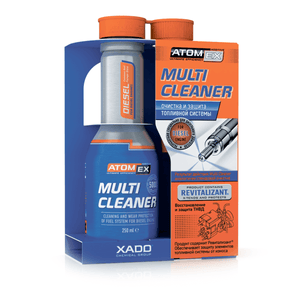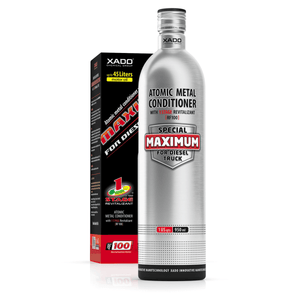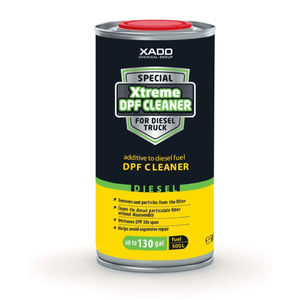Vibrations during the engine operation
Vibrations During Engine Operation
Comfortable cars have become the norm rather than the exception. Automakers utilize comfort as a means to attract customers. The absence of noise and vibrations inside the vehicle serves as an indicator of its overall comfort. However, as time goes on, drivers may start to notice that the car's "heartbeat" becomes more noticeable and vibrations begin to permeate the interior. Engine vibrations while idling could potentially indicate a significant malfunction in the vehicle.
Vibrations during engine operation can occur due to various reasons, such as contamination of injector nozzles, absence of spark in the cylinder, compression variations in the cylinders, stuck (gummed up) piston rings, or wear of engine supports (support cushions) or the clutch disc.
Malfunction of the Ignition System
Uneven engine operation can be caused by misfiring, which occurs when the air-fuel mixture in one of the engine cylinders fails to ignite. As the engine speed increases, the vibration level also rises. Malfunctioning spark plugs or using plugs with an inadequate heat rating can result in unstable engine operation, leading to misfires. In some cases, these misfires may cause popping sounds in the exhaust system. If you remove such spark plugs, you will typically find black carbon deposits on their electrodes, indicating the need for replacement.

Misfiring can also occur due to incorrect operation of high-voltage distributor wires and ignition system components, resulting in the oxidation of electrical contacts. To eliminate moisture and clean the contacts of the ignition system elements, you can use an effective cleaner specifically designed for this purpose.
Prolonged operation of a misfiring engine can result in significant problems. The presence of unburned fuel in the cylinders can wash away the oil film on the cylinder walls, increasing the risk of scoring. Additionally, the fuel can enter the crankcase and dilute the oil, reducing its lubricating properties.
Incorrect adjustment of the ignition system can also lead to incomplete combustion of the air-fuel mixture. In such cases, it is advisable to visit a service station to have the ignition angle adjusted. In modern vehicles equipped with an electronic control unit (ECU), the normal functioning of the ignition system relies on the crankshaft position sensor. If the sensor fails, it will need to be replaced.
Engine Misfires / Problems with Fuel Supply
Faulty and dirty fuel injectors can supply varying amounts of fuel to the cylinders, resulting in uneven or unstable engine operation and increased fuel consumption. In most cases, this problem can be resolved by flushing the fuel injectors. Flushing can be carried out using a special stand, but it requires the removal of the injectors. We recommend the following fuel system cleaners for flushing the injectors:
- XADO MaxiFlush Fuel System Cleaner (Gasoline),
- ATOMEX Multi Cleaner (Gasoline / Diesel),

A faulty fuel pump can also cause fuel shortage or excess in the cylinders and should be replaced.
For diesel engines equipped with a high-pressure fuel pump, replacing the pump can be expensive. Noncritical wear of the plunger pairs in the high-pressure fuel pump can be restored by using XADO REVITALIZANT® compositions for the fuel system:
- REVITALIZANT® EX120 for All Types of Fuel Equipment and Fuel Injection Systems,
- Atomic Metal Conditioner Maximum for Diesel Truck for All Types of Fuel Equipment,
Before using REVITALIZANT® compositions, we recommend flushing the fuel system, as this will maximize the effectiveness of the treatment.
Malfunction of Vehicle Sensors
A failure in the idle air control valve (IAC valve) can result in uneven idling and increased engine vibration. The IAC valve tends to wear out due to prolonged use of low-quality fuel. When the IAC valve is faulty, the engine speed can fluctuate independently. This issue can be resolved by replacing the valve.
A faulty or dirty mass air flow (MAF) sensor can send incorrect data to the ECU regarding the amount of air entering the engine, leading to an inability to maintain smooth engine operation. If the MAF sensor is malfunctioning, it needs to be replaced. However, it's important to note that the mass air flow sensor is a sensitive and delicate component, making mechanical cleaning less advisable. For cleaning the MAF sensor, we recommend using the following products:

Compression Variation Across Cylinders
Soot and deposits can accumulate in any engine, particularly under severe operating conditions, engine overheating, and when using poor-quality fuels and lubricants. If the oil system is not regularly flushed, the piston rings will eventually lose their mobility, resulting in decreased compression and accelerated wear of the cylinder-piston group. In our article, you can find information on how to restore normal compression and eliminate variation across cylinders. “Low or Uneven Compression in Cylinders”.

Problems in the Timing Mechanism
A prerequisite for normal engine operation is the synchronization of the camshaft and crankshaft rotation angles. If this condition is not met, the engine's vibration level increases significantly, and a gasoline engine may start to rumble like a diesel engine. The reason for this is the stretching of the chain/belt or the loosening of its tension, causing the chain/belt to jump a few teeth. This leads to asynchronous operation of the timing mechanism and crankshaft. In addition to increased engine vibration, fuel consumption rises, dynamics drop, and compression decreases. If you detect these issues, it is crucial to visit a service station as soon as possible and replace the worn-out components.
Wear of Engine Mounts
An engine mount serves as a damping pad between the engine and the car body, primarily designed to suppress engine vibrations. If the mount is damaged, vibrations are transmitted to the car body, steering wheel, and gear selector. To restore acoustic comfort while driving, it is necessary to replace worn engine mounts.

Clutch Wear
This problem occurs only in vehicles equipped with a manual transmission, where vibrations from the gearbox are transmitted to the engine, gear selector, and clutch pedal. The main causes of increased vibration include:
- Wear of the release bearing
- Breakage of the clutch basket petals
- Breakage and wear of the driven disc springs
After replacing the worn parts of the clutch assembly, the vibration level will decrease.

